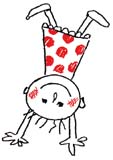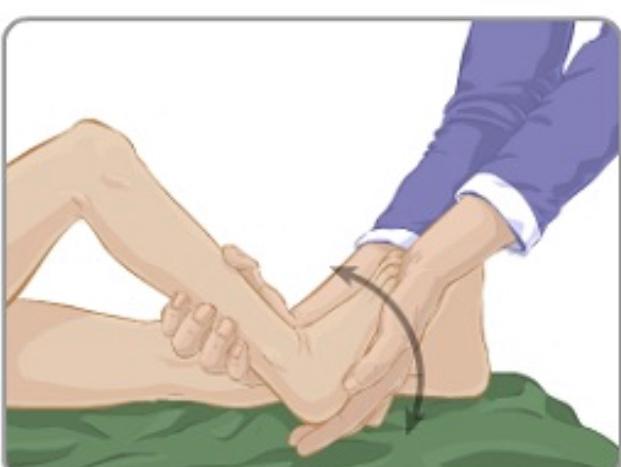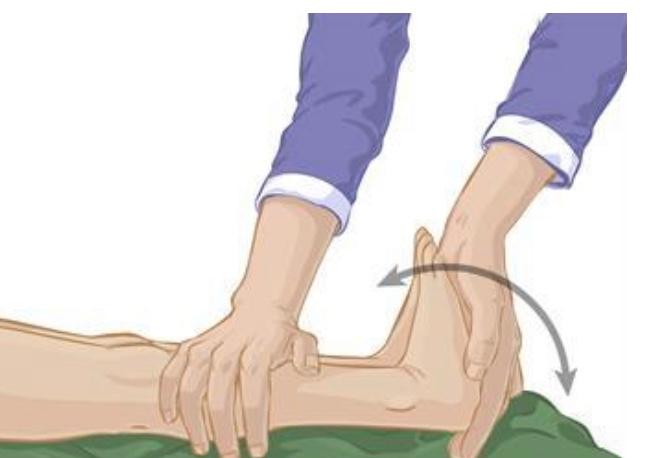Toe Walking in children
Walking on the toes or the balls of the feet, also known as toe walking, is fairly common in children who are just beginning to walk.
Most children outgrow it three to six months after first walking. Toe walking sometimes can result from certain conditions, including cerebral palsy,
muscular dystrophy and may be associated with developmental disorders such as autism spectrum disorder.
If this pattern persists beyond 2-3 years of age, and there is no other pathology, it is labeled as Idiopathic Toe Walking ( ITW) or habitual toe walking.
Muscle tone, deep tendon reflexes and sensation are normal.
Children who toe walk often have family members who also toe walk.


Usually a child with ITW can stand and walk normally with the feet flat on the floor, but they might find this uncomfortable and tiring as it requires a lot of effort and attention. They tend to stand with feet wide apart and turned outward.
The child may have some tightness in the calf muscles which limits dorsiflexion (bend) of the ankle but in many children the degree of restriction is rather mild. It is only when they persist in walking on their toes that they develop tightness. In most cases children develop weakness of hip musculature and have poor pelvic stability. Standing on one leg is difficult and foot balance responses are poor.
From a sensory perspective, toe walking appears to be a proprioceptive seeking strategy. Therefore recommended sensory strategies will include alternative forms of proprioceptive input. However even if this behaviour has started out as a sensory issue, it can quickly become an orthopaedic issue.
Conservative measures
-An exercise program consisting out of- Core and Pelvic stability exercises
- Stretching of compensatory tight muscle groups (gastro-soleus and hamstring)
- Strengthening of the muscles on the front of the legs
- Whole body vibration
- Specific footwear
- Choose a high cut shoe which provides good foot support
- The shoe should be rigid and firm, not flexible in the mid section
- The back of the heel should be firm
- The rigid shoes are often worn for six months to two years (the older the child, the longer the shoes are worn).
- Orthotic Gait plates ( full length carbon fibre plate) can be custom made by our in-house podiatrist.
ITW is not a serious condition. It often resolves spontaneously and does not cause significant problems.
In case the conservative treatment measures were not effective enough treatment might include repeated casting of feet and ankles (serial casting),
bracing devices or injection of Botulinum Toxin A in addition to the exercise program.
